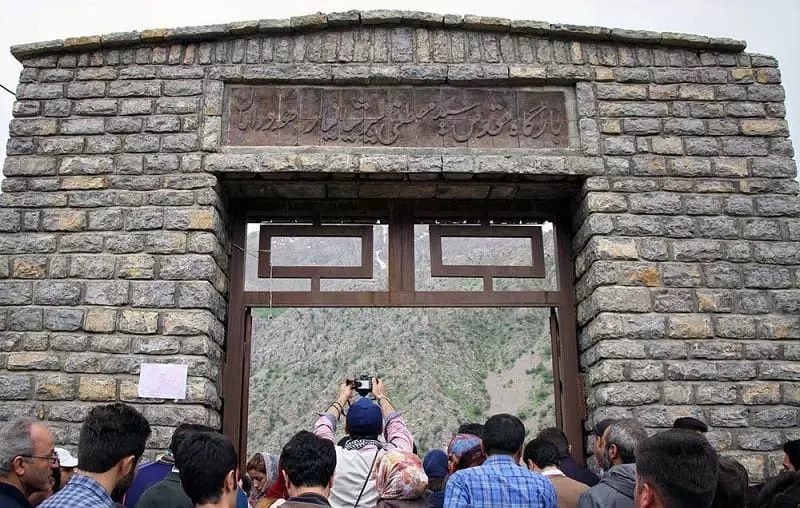Every year on February 4, an ancient ceremony called "Pir Shalyar Wedding" is held in Hawraman, which is about a thousand years old. In Kurdish society, scholars have played a leadership role and guided people towards lofty and sacred goals. Pir Shalyar is one of the leaders who linked two historical periods of our nation and was the leader of the people of part of Kurdistan. This old man (pir) developed philosophical, religious, and social thought in Hawraman Takht, and people deeply believed him.
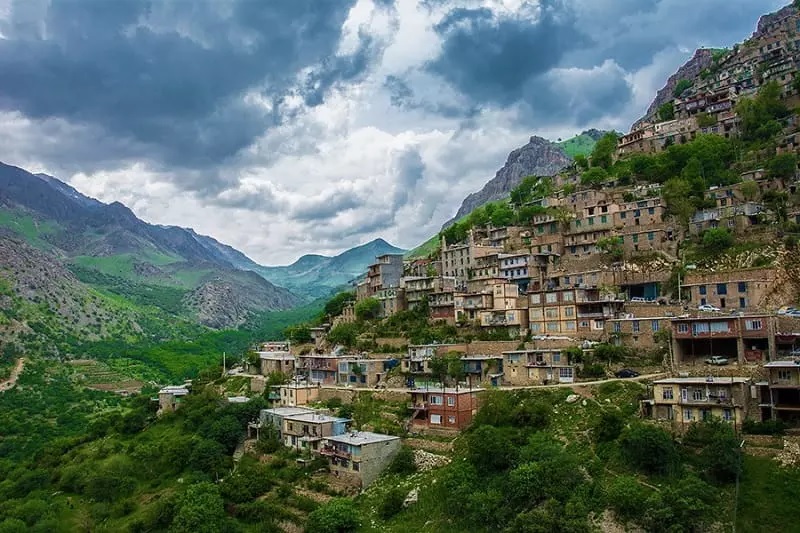
Hawraman Takht, which is now a district and was once called the city of Hawraman, belongs to Hawraman in the East part of Kurdistan; there is a tomb of Pir Shalyar, and the Hawrami people have considered the presence of this tomb there as a blessing since ancient times. Therefore, after a thousand years, they have preserved monuments such as Diwani Marifat, Yanaw Piri (which is a stone house), Zheraklashi Pir, Chlakhana, Chrawgi Runakkarawa, and Komsa stone, as well as Pir wedding ".
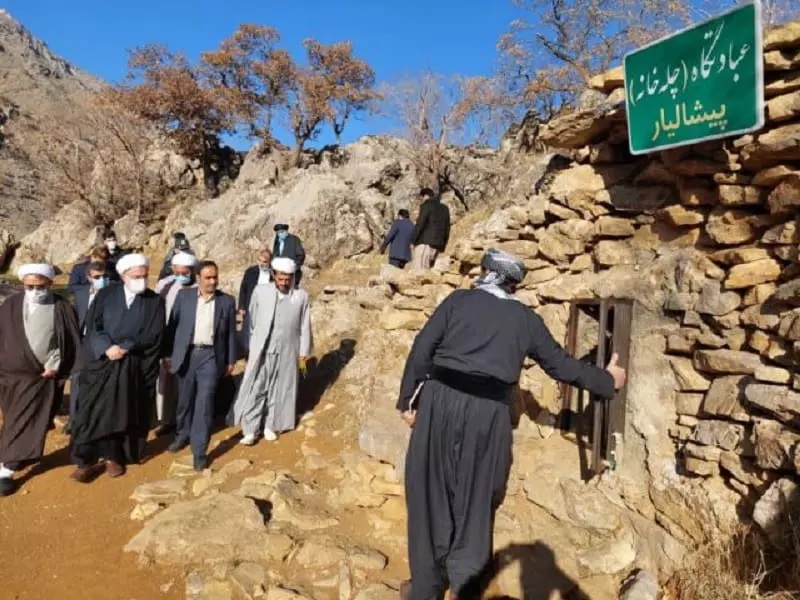
A brief explanation of the name and word "Pir Shalyar"
The word "Pir Shalyar" is made of two names "Pir" and "Shalyar". In ancient times, religious men in Kurdistan were called "Pir", "Baba", "Sayid", and "Sheikh". Mo'in's dictionary writes for the word "Shalyar": "Shalyar": 1. The city sheriff, the chief of the city, and the ruler of the city. 2. The king. Therefore, Pir Shalyar is a religious elder who was the ruler and emir of the city. As mentioned before, the people of the region have always called Hawraman Takht Hawraman City. There are remains of an old castle in the surrounding mountains, which is evidence of the prosperity of the region in the long past. I must say that in the ancient religions, the worship of Mithras or Hormoz was reserved for the country's elders, tribe, and family. Therefore, Pir Shalyar was a religious figure who also ruled the region.

Pir Shalyar?
In the first part of his book, Ayatollah Mardokh says about Pir Shalyar: “Although Islam had come to the people of Hawraman for eight and a half centuries, they remained in their former religion until 824 Hijri when Mulla Gushayash began to teach Quran in Hawraman, people did not give up the advice of Pir Shalyar, who was one of the great Magi (clergyman). John Nass in the book, The Comprehensive History of Iran, says, that the Magi or Karpans were religious leaders before the Zoroastrians, and even in the Avesta, they are described as corrupt and worldly priests. The demons were the gods of these Magi and did not worship Hormoz. They called the Zoroastrian clerics "Mobid". There is a saying: "The Qur'an is old or the knowledge of Pir Shalyar"? They replied: "The Knowledge is older and the Quran was brought by the blind Gushayash yesterday. Mullah Gushayash was blind. (Mardokh, 1351: 123). Mulla Gushayash became famous three centuries after Pir Shalyar and developed in Hawraman by teaching Tajweed and reading the Qur'an. Therefore, the knowledge that is said to have belonged to Pir Shalyar I, and was modified by Pir Shalyar II. Its history is older than Mullah Gushayash and what is said by old men is normal.
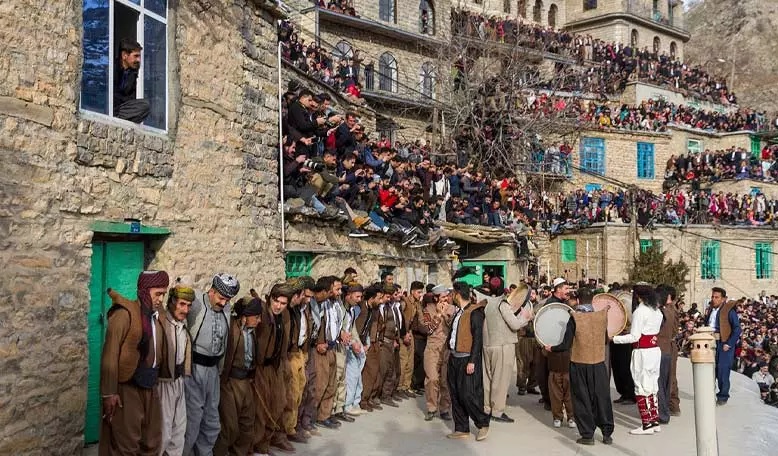
"The Book of Knowledge" is one of the sources of the book (Tarikh Mardokh) and Ayatollah Mardokh continues to talk about Pir Shalyar: "Knowledge of Pir Shalyar" is a long book of poetry that consists of several verses which all end with a verse.
That is, listen to Pir Shalyar's words and pay attention to the scholar of the secrets. Today's people of Hawraman consider Zana Ramzgo (scholar of the secrets) to be Prophet Muhammad, while Prophet Muhammad was not a secret and prophesied without fear and openly. Zanay Ramzgo – the Zoroaster who is known as Wakhshur Simyar, the messenger of Ramzgo. "Marifat" is in Hawraman and is hidden by the will of Pir Shalyar and will not be given to foreigners (Mardokh, 1351: 124).
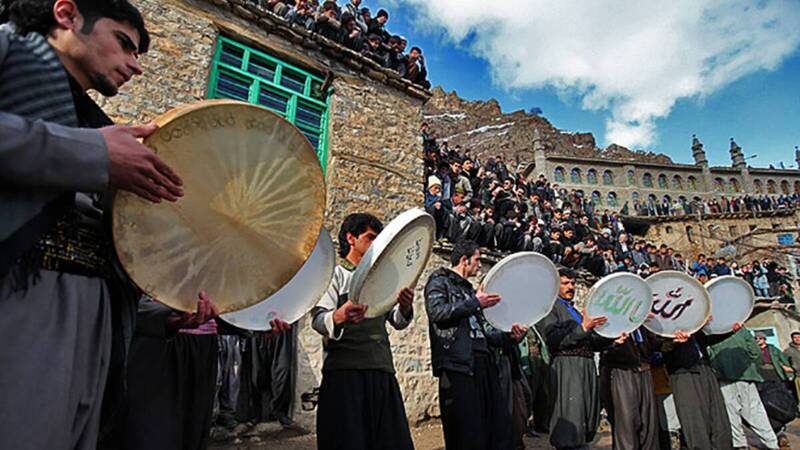
The sources mention two Pir Shalyars: the first Pirshalyar, son of Jamasp, who was a Zoroastrian, and the second Pirshalyar, Mustafa son of Khudad, who belonged to the first Pir Shalyar, and his name is Mustafa son of Khudad. Mardokh continues, "Pirshalyar II saw Prophet Muhammad calling him 'my son' in a dream. He woke up and converted to Islam and changed his name to Mustafa. Pir Shalyar ||, Mustafa, who believed in Islam with all his heart and could not mention the name of Islam openly, gradually taught the people the meaning and truth of Islam and wrote a book full of advice, sayings, and symbols, called "Knowledge of Pirshalyar" (1351: 125).
Mullah Karim Mudarres in his book "Family of Scholars" says: Pir Shalyar's name is Mustafa, son of Khudad, son of Babl, and his genealogy goes back to Imam Hassan. However, at that time there was a man who was the worldly chief of the place and was called "Shalyar Siaw" who was still on the old Magi law of the fire-worshippers and the people treated him with respect (Mudarres, 1984: 362).
There is a single grave in Hawraman Takht called Shalyar Siyawi, and people build walls for it by stone. About Shalyar Siaw, they say: He was a religious man and a friend of Pir Shalyar. He is still loved by people and has a special and sacred place among the people. During his lifetime, Pir Shalyar worked to make people respect Shalyar Siyawi and established a tradition that people should go to the tomb of Shalyar Siyawi a week after Pir Shalyar's wedding and visit and respect him; this pilgrimage ceremony is called Tarbi and is still held today.
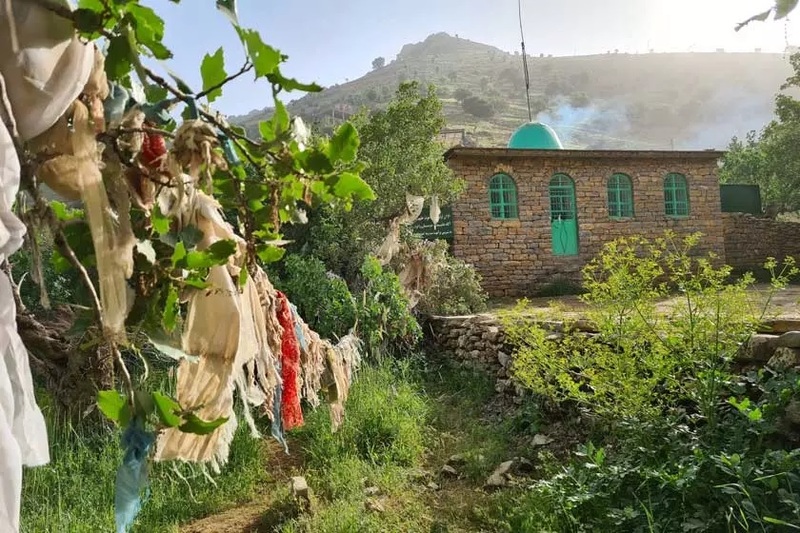
Sources:
Moein, Mohammad (2004), Moein Dictionary, Tehran: Zarin
Mardokh, Mohammad (1973), The History of Mardokh (Kurd and Kurdistan), Sanandaj: Gharighi
Sajadi, Alaeddin (1952), History of Kurdish Literature, Baghdad: Ma'arif Printing House
Nass, John (1993), he Comprehensive History of Iran, Tehran: Cultural Sciences
Mudarres, Abdulkarim (1984), Zanyaran Family, Baghdad: Shafiq

